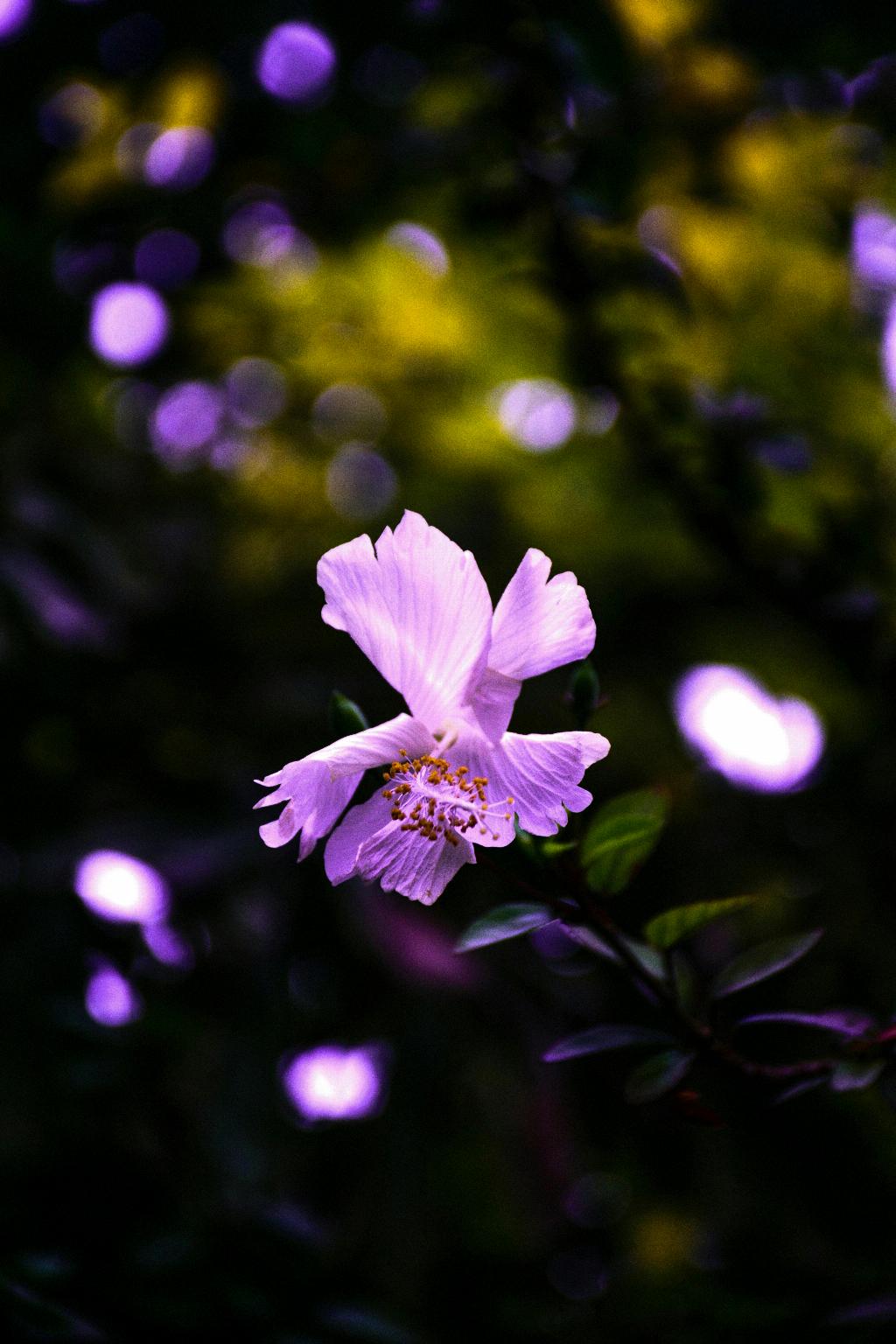When it comes to the question of where hibiscus grows, it’s essential to highlight the diverse locations where this vibrant and delightful plant thrives. One of the most common types of hibiscus, Hibiscus sabdariffa, is often cultivated for its versatile uses, including the popular hibiscus tea.
Hibiscus sabdariffa, also known as Roselle, plays a significant role in various cultures globally. This species of hibiscus is native to West Africa, where it has been traditionally grown for centuries. However, due to its adaptability and popularity, it’s now cultivated in regions beyond Africa.
Central America is one of the regions where hibiscus sabdariffa has found a new home. The warm climates and fertile soils of countries like Mexico and parts of the Caribbean provide ideal conditions for the cultivation of this species of hibiscus.
Florida, known for its sunny weather and lush landscapes, has also embraced the growth of hibiscus. Hibiscus sabdariffa, with its striking red calyces and rich flavor, has become a part of Florida’s agricultural tapestry, adding a touch of tropical elegance to the state.
Aside from hibiscus sabdariffa, other species of hibiscus can be found thriving in different parts of the world. Hibiscus rosa-sinensis, known for its ornamental beauty and large, showy flowers, is commonly seen in tropical and subtropical regions, including countries in Asia, Africa, and the Americas.
In Africa, hibiscus plants can be spotted in various countries, where they are not only admired for their aesthetics but also valued for their medicinal and culinary properties. From Nigeria to Egypt, hibiscus holds a special place in local traditions and cuisines.
South America is another continent where hibiscus plants flourish. The lush landscapes of countries like Brazil, Colombia, and Venezuela provide an ideal environment for hibiscus cultivation, allowing the plants to thrive and bloom in abundance.
Across Asia, hibiscus plants can be found in countries such as India, Malaysia, and Thailand. The colorful blooms of hibiscus are often used in religious ceremonies, traditional medicine, and even as a natural dye for fabrics, showcasing the versatility of this beloved plant.
Australia, with its diverse climates and ecosystems, also serves as a suitable habitat for hibiscus plants. From the coastal regions to the arid landscapes of the Outback, hibiscus varieties can be found adding a splash of color to the Australian flora.
Overall, the global presence of hibiscus is a testament to the plant’s adaptability and beauty. Whether in the tropical rainforests of Africa, the sunny beaches of the Caribbean, or the vibrant markets of Asia, hibiscus continues to captivate and enchant with its vibrant blooms and rich cultural significance.

